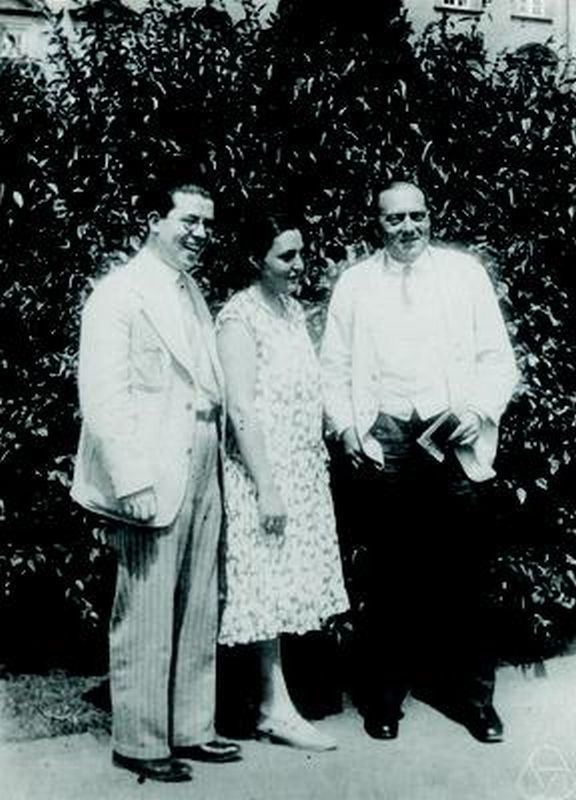Name Gottfried Kothe Role Mathematician | ||
 | ||
Born December 25, 1905Graz ( 1905-12-25 ) Thesis Beitrage zu Finslers Grundlegung der Mengenlehre (1927) Doctoral advisors Tonio Rella, Robert Daublewsky von Sterneck Doctoral students Norbert Adasch, Friedhorst Ballier, Gunter Bengel, Hilde Bunding, David Findley, Gunter Frank, Peter Gansler, Bernhard Gramsch, Manfred Grathwohl, Rolf Grigorieff, Elisabeth Hagemann, Karl Hainer, Gil Henriques, Werner Hildenbrand, Ralf Hollstein, Shih-hua Hu, Takashi Ichinose, Rolf Kultze, Herbert Kupisch, Georg Lang, Jaime Lesmes, Jurgen Maetzke, Eitel-Eberhard Markwirth, Hans-Jurgen Moschke, Georgios Pantelidis, Rudolf Peter, Ulf Schlotterbeck, Carl-Heinz Scriba, Peter Spuhler, Tosun Terzioglu, Wolfgang Uhl, Johann Walter, Dieter Wich, Joseph Wloka (de), Jacobus Zaat Books Topological Vector Spaces II | ||
Gottfried Maria Hugo Köthe (born 25 December 1905 in Graz; died 30 April 1989 in Frankfurt) was an Austrian mathematician working in abstract algebra and functional analysis.
Contents
Scientific career

In 1923 Köthe enrolled in the University of Graz. He started studying chemistry, but switched to mathematics a year later after meeting the philosopher Alfred Kastil. In 1927 he submitted his thesis Beiträge zu Finslers Grundlegung der Mengenlehre ("Contributions to Finsler's foundations of set theory") and was awarded a doctorate. After spending a year in Zürich working with Paul Finsler, Köthe received a fellowship to visit the University of Göttingen, where he attended the lectures of Emmy Noether and Bartel van der Waerden on the emerging subject of abstract algebra. He began working in ring theory and in 1930 published the Köthe conjecture stating that a sum of two left nil ideals in an arbitrary ring is a nil ideal. By a recommendation of Emmy Noether, he was appointed an assistant of Otto Toeplitz in Bonn University in 1929–1930. During this time he began transition to functional analysis. He continued scientific collaboration with Toeplitz for several years afterward.
Köthe's Habilitationsschrift, Schiefkörper unendlichen Ranges über dem Zentrum ("Skew fields of infinite rank over the center"), was accepted in 1931. He became Privatdozent at University of Münster under Heinrich Behnke. During World War II he was involved in coding work. In 1946 he was appointed the director of the Mathematics Institute at the University of Mainz and he served as a dean (1948–1950) and a rector of the university (1954–1956). In 1957 he became the founding director of the Institute for Applied Mathematics at the University of Heidelberg and served as a rector of the university (1960–1961).
Köthe's best known work has been in the theory of topological vector spaces. In 1960, volume 1 of his seminal monograph Topologische lineare Räume was published (the second edition was translated into English in 1969). It was not until 1979 that volume 2 appeared, this time written in English. He also made contributions to the theory of lattices.
